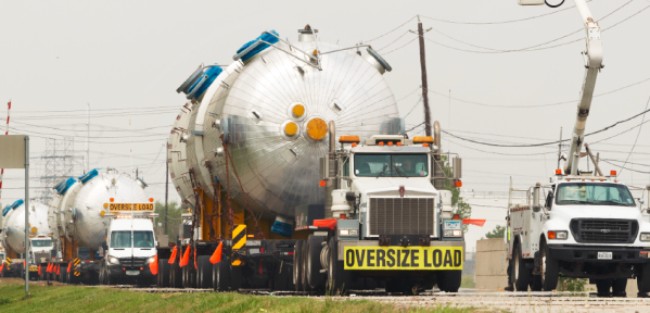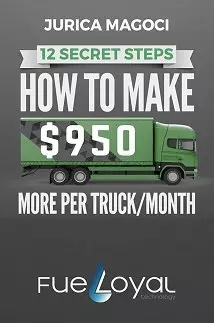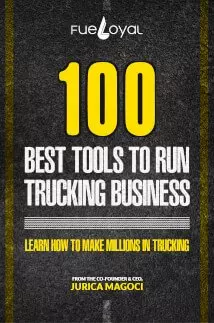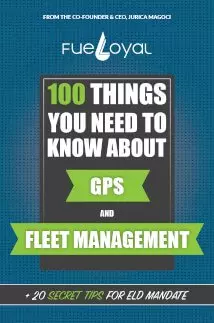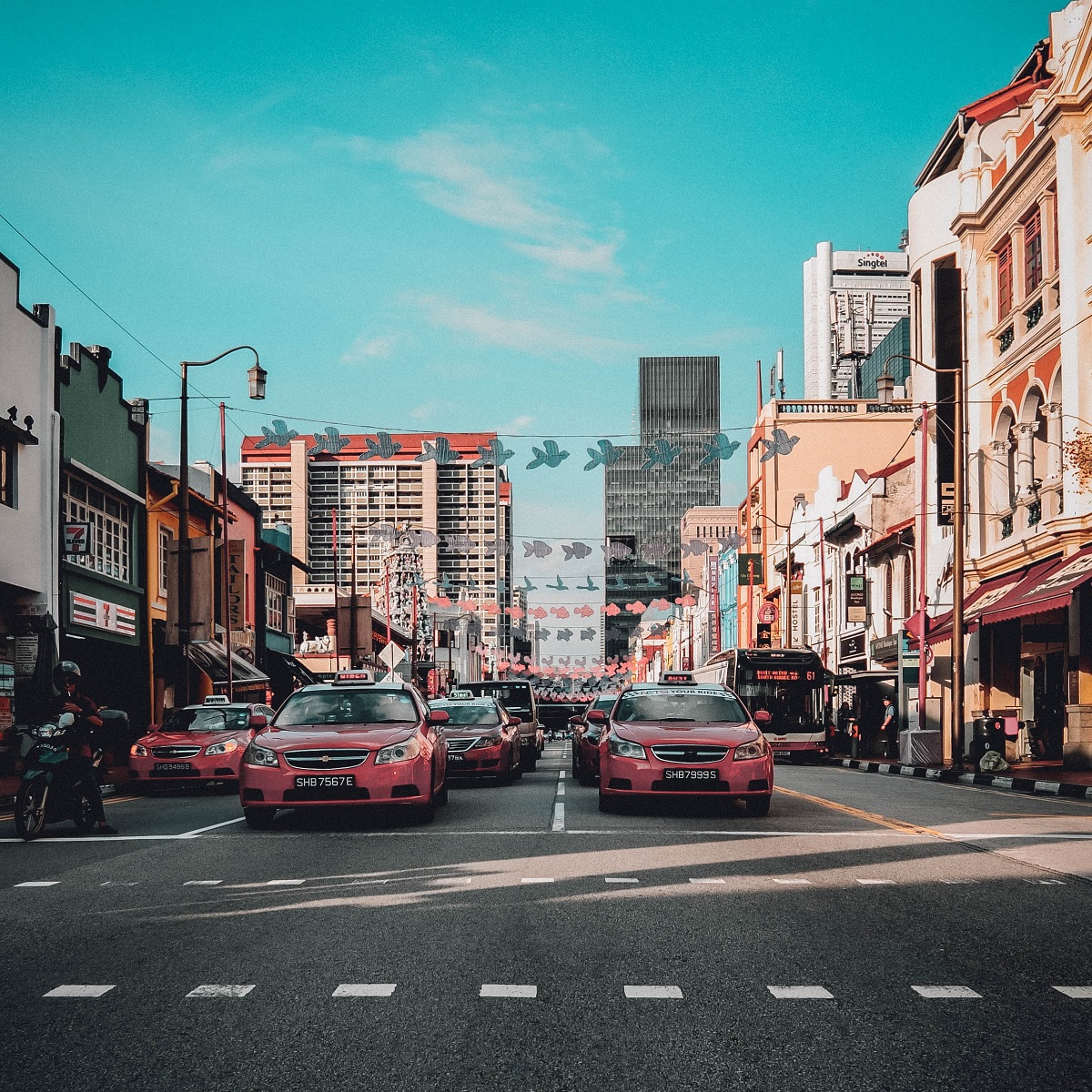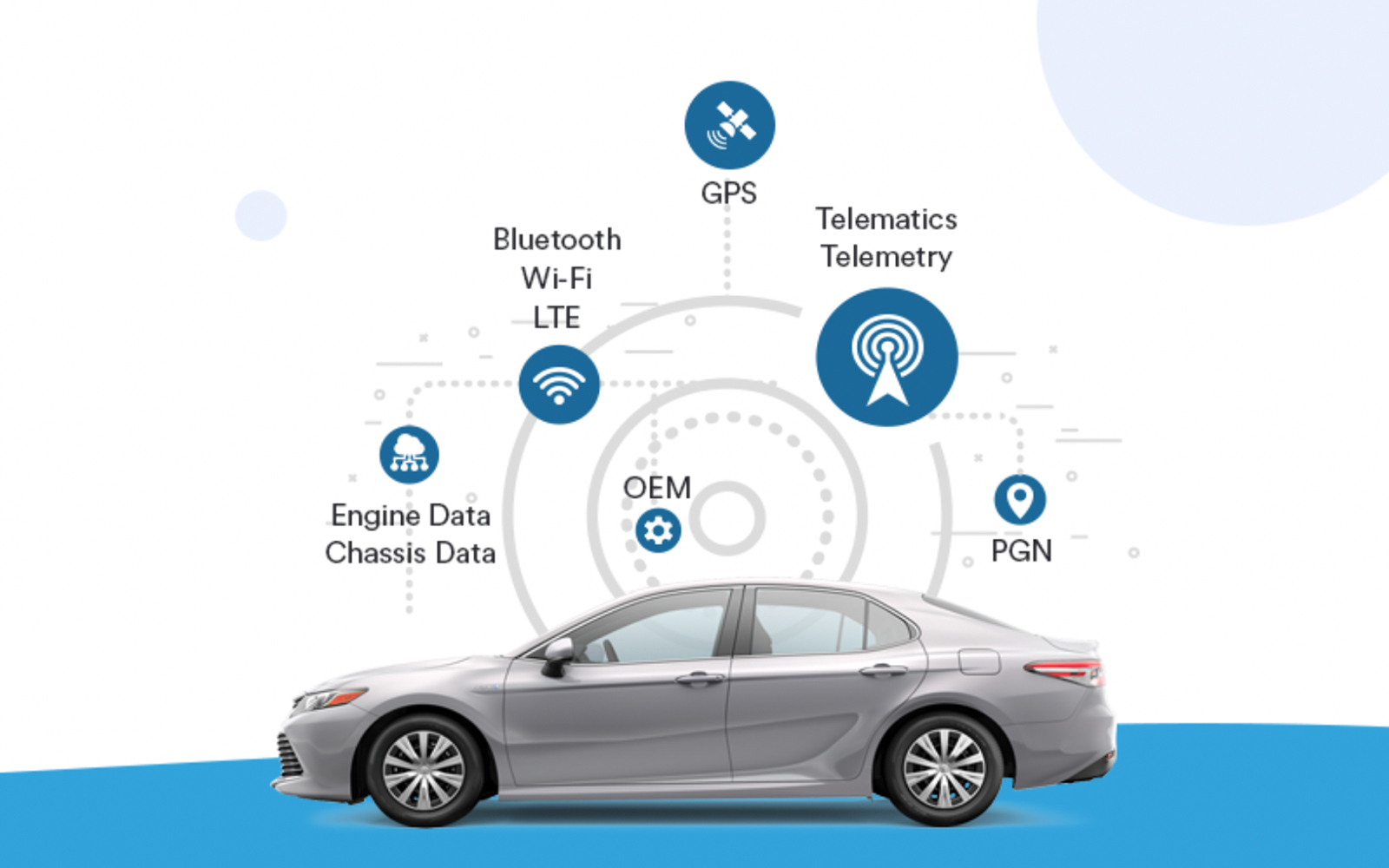By implementing new types of specialized transportation, trucking companies meet bigger challenges, but as well that way they are attracting new loyal customers. A successful trucking company is the one that is always flexible, and ready to provide every type of specialized transportation to their existing, and their potential clients.
When speaking about specialized transportation, I would like to put the attention more on truck drivers. Truck drivers that want to start a career as a specialized trucker will have to know that besides obtaining Class A CDL drivers license, they will also have to obtain adequate endorsements. The type of endorsement that the truck driver will have to obtain, depends on the type of specialized transportation that he wants to join.
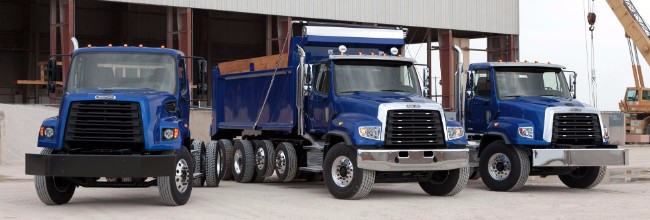
Henceforth, specialized trucking is attracting more truck drivers than the conventional type of trucking is, because with the specialized trucking they get the chance to earn more money.
